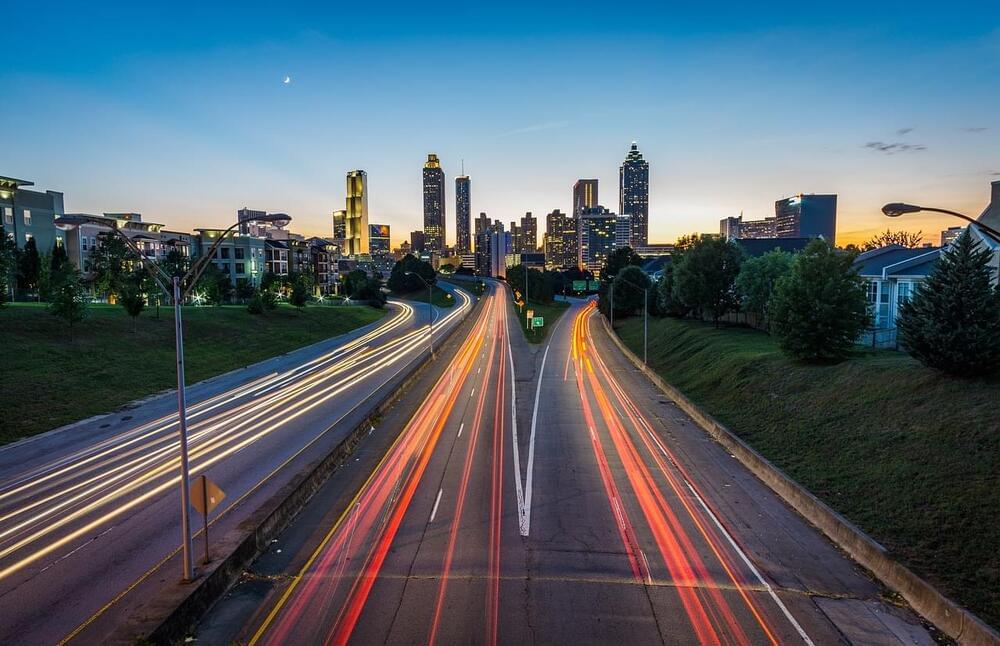I’ve asked it to write a recursive λ-Calculus parser in JavaScript. It outputted a 100% clean working function. GPT 3.5 failed every time. I’ve then asked it to convert it to Python, and add sarcastic GLaDOS comments all over the code. Nailed it.


Algorithms are complex mathematical formulas used to perform tasks in our digital world. They are programmed to process information, make decisions, and take actions. Algorithms are used in various applications, such as search engines, social media, autonomous vehicles, and digital assistants.
But not all algorithms are innocent. Some algorithms have a sinister #scary side that poses a threat to our privacy, our freedom, and our humanity… #aiscarystories #aihorrorstories #scarystories #scarystory #horrorstories #horrorstory #realstories #realhorrorstories #realscarystories #truestories #truestory #creapystories #AIScarystory #AIHorror #artificialintelligence #scaryai #scaryartificialintelligence #trueaiscarystories #truescarystories.
🤖My channel:
About AI Scary Stories 🕯️ 📹Videos about (True) Scary AI Topics, AI disasters & threats and other thrilling new AI events ✍️ Written, voiced and produced by AI Scary Stories 🔔 Subscribe now for more (True) Scary AI Topics, AI disasters & threats and other thrilling new AI events Watch More from AI Scary Stories 🟢 (True) Scary Stories: • Scary AI Conversa…
🟠 Scary AI-Art: • Horrible Fates by…
🔴 Horrible Fates By AI: • Horrible fates by…
💼 Business Inquiries and Copyright Questions.
• For business inquiries, copyright matters or other inquiries please contact us at: [email protected].
⚠️ Copyright Disclaimers.

Tang Yu, the AI CEO of the gaming company NetDragon Websoft, was assigned typical duties of the company that included reviewing high-level analytics, making leadership decisions, assessing risks, and fostering an efficient workplace. Tang Yu was the first CEO of a company that worked 24×7, without receiving compensation. The company said while appointing the AI chatbot as CEO that it will play a crucial role in the development of talents and ensuring a far and efficient workplace for all employees.
“Tang Yu’s appointment highlights the Company’s “AI + management” strategy and represents a major milestone of the Company towards being a “Metaverse organization”. Tang Yu will streamline process flow, enhance the quality of work tasks, and improve speed of execution. Tang Yu will also serve as a real-time data hub and analytical tool to support rational decision-making in daily operations, as well as to enable a more effective risk management system,” NetDragon Websoft said in a blog post.
Interestingly, the AI bot helped the company in generating revenue. As per reports, the company outperformed the Hang Seng Index, which tracks the biggest companies listed in Hong Kong.

This post is also available in:  עברית (Hebrew)
עברית (Hebrew)
Experts at the Technical University of Munich (TUM) have pioneered the world’s first ethical algorithm for autonomous vehicles, which could see autonomous driving become the norm globally.
The researchers’ ethical algorithm is significantly more advanced than its predecessors, as it fairly distributes levels of risks instead of operating on an either/or principle. The algorithm has been tested in 2,000 scenarios of critical conditions in various settings, such as streets in Europe, the US, and China. The innovation could improve the safety and uptake of autonomous vehicles worldwide.

A small nucleus in the brainstem called locus coeruleus (literally the “blue spot,”) is the primary source of a major neuromodulator, norepinephrine (NE), an important mediator of the ‘fight or flight’ response in animals. However, very little is known about the local connections of this small albeit critically important group of neurons. A recent pioneering study published in eLife from the laboratory of Dr. Xiaolong Jiang, investigator at the Jan and Dan Duncan Neurological Research Institute (Duncan NRI) at Texas Children’s Hospital and assistant professor at Baylor College of Medicine, now reveals the cellular composition and circuit organization of the locus coeruleus in adult mice.
“In this study, we undertook the arduous task of mapping local connections of NE-producing neurons in the locus coeruleus,” Dr. Jiang said. “This is the first study of such an unprecedented magnitude and detail to be performed on the locus coeruleus, and in fact, on any monoamine neurotransmitter system. Our study has revealed that the neurons in the locus coeruleus have an unexpectedly rich cellular heterogeneity and local wiring logic.”
Locus coeruleus (LC) is known to house the vast majority of norepinephrine-releasing neurons in the brain and regulates many fundamental brain functions including the fight and flight response, sleep/wake cycles, and attention control. Present in the pontine region of the brainstem, LC neurons sense any existential dangers or threats in our external environment and send signals to alert other brain regions of the impending danger.

In the first public event presenting the Artemis III Lunar Space Suit, NASA revealed the prototype that will be worn by the first woman and person of color to go to the Moon. Made by Axiom Space, the next-gen spacesuit will eventually be white, but is currently on display with a black cover while they finalize the top layer’s final design.
The Axiom Extravehicular Mobility Unit, or AxEMU (fingers crossed this is the brief for the mission’s zero-gravity indicator plushie), got a grand reveal at Space Center Houston’s Moon 2 Mars Festival. As a prototype, it’ll join a fleet of training suits sent to NASA later this year so that astronauts can begin preparing for the next crewed lunar landing, Artemis III, set to take place in 2025.
“When that first woman steps down on the surface of the Moon on Artemis III, she’s going to be wearing an Axiom Spacesuit,” said associate administrator for NASA Bob Cabana at the reveal. “We’re going back to the Moon but we’re going to the South Pole this time. Why are we going there? It’s challenging. ”.
Breakthroughs don’t often happen in neuroscience, but we just had one. In a tour-de-force, an international team released the full brain connectivity map of the young fruit fly, described in a paper published last week in Science. Containing 3,016 neurons and 548,000 synapses, the map—called a connectome—is the most complex whole-brain wiring diagram to date.
“It’s a ‘wow,’” said Dr. Shinya Yamamoto at Baylor College of Medicine, who was not involved in the work.
Why care about a fruit fly? Far from uninvited guests at the dinner table, Drosophila melanogaster is a neuroscience darling. Although its brain is smaller than a poppy seed—a far cry from the 100 billion neurons that power human brains—the fly’s neural system shares similar principles to those that underlie our own brains.

